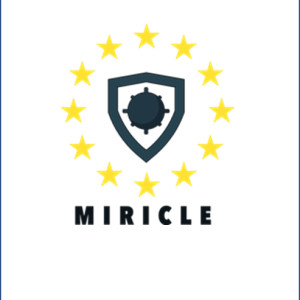 \
&
Contact us
\
&
Contact us
 \
&
Contact us
\
&
Contact us
Published on | 2 years ago
Programmes ERC Enhancing EU R&IThe ERC conference on Citizen Science and Frontier Research took stock of the activities regarding citizen science which have been undertaken as part of ERC or other EU-funded projects.
During the conference among others Kris Verheyen, one of the heads of the Forest & Nature Lab at Universiteit Gent and PI of the ERC Consolidator grant PASTFORWARD and ERC Proof of Concept grant UnderSCORE, shared citizen science projects on agrobiodiversity. Sarah Lebeer, head of the Lab of Applied Microbiology and Biotechnology at Universiteit Antwerpen, shared the Isala activities as part of the Starting grant project Lacto-Be.
The breadth and diversity of the citizen science activities becomes clear from the conference (recordings), the factsheet with a brief overview of the ERC’s portfolio on citizen science and the showcase of citizen science by ERC grantees and other EU funded projects.
We offer news and event updates, covering all domains and topics of Horizon Europe, Digital Europe & EDF (and occasionally, for ongoing projects, Horizon 2020).
Stay informed about what matters to you.
By signing up, you can opt in for e-mail notifications and get access to
a personalised dashboard that groups all news updates and event announcements in your domain(s).
Only for stakeholders located in Flanders

The Miricle project, ‘Mine Risk Clearance for Europe’, obtained funding under the European Defence Industrial Development programme call ‘Underwater control contributing to resilience at sea’. The main objective of the project was to achieve a European and sovereign capacity in future mine warfare and create a path for the next generation ‘made in Europe’ countermeasure solutions. In order to realise this objective, Miricle addressed various stages: studies, design, prototyping and testing. These stages inter alia included the successful testing of an XL Unmanned Underwater Vehicle, a protototyped mine disposal system and multiple innovative systems to detect buried mines. Flanders Marine Institute (VLIZ), was one of the five Belgian partners in the consortium. Within the project, VLIZ was able to forward its research on the acoustic imaging of the seabed to spatially map and visualize buried structures and objects - in this case buried mines - in the highest possible detail. VLIZ also led the work on ‘Port and Offshore Testing’, building on the expertise of the institute in the field of marine operations and technology.